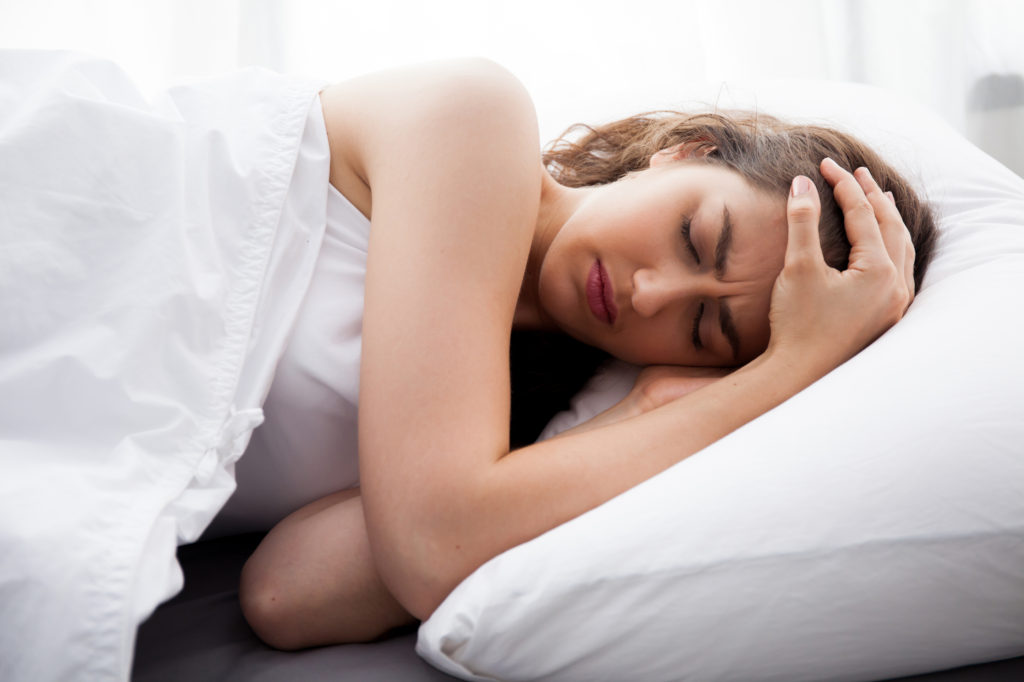Some people equate a migraine to simply a more severe type of headache. However, the symptoms and causes can be very different. The first key in finding the right treatment option is understanding those differences and identifying exactly what type of headache you really suffer from. Read on to learn about the differences between a tension headache and a migraine so you can have a better plan of attack in your treatment arsenal.
If you still aren’t sure what type of headache you have after reading this or what triggers them, a consultation with the Centers of Rehabilitation and Pain Medicine may be your best option for migraine treatment.
What is a Tension Headache?
Tension headaches are actually the most common type of headache with approximately 90% of all headaches falling into this category. It is estimated that about 78% of Americans will suffer from tension headaches at some point in their life. They may happen every once in a while or they might occur more frequently. Some will begin to form in the middle of the day and disappear within a few hours. Others suffer from them much more often, with the pain lasting all day. While painful, these types of headaches don’t typically keep sufferers from daily activities and they don’t interfere with vision, balance or strength.
Tension Headache Symptoms
While tension type headache pain isn’t severe, sufferers describe having this dull pain on both sides of the head. It is described as a tight pressure more than a throbbing pain. Some say it’s like having their head in a vice with a feeling of pressure all the way around their head. Some also have soreness in their temples, along with tight neck and shoulder muscles. These types of headaches seem to be brought on by stress, worry or tiredness and happen when the muscles of your scalp, neck, shoulders or jaw begin to tighten.
What is a Migraine?
Migraine headaches are not nearly as common as tension headaches with only about 12% suffering from them. However, migraine headaches are much more debilitating and can last anywhere from four to 48 hours. It remains unclear what specifically causes migraines but it is believed that a person’s environment and genes do play a factor. Migraines occur when certain brain chemicals begin to increase. They can be triggered by changes in hormone levels or even bright lights. And they typically force sufferers into bed.
Migraine Symptoms
You might be suffering from a migraine if you have any of the following symptoms:
• Moderate to severe throbbing pain, possibly worse on one side of your head.
• The more physically active you become, the worse the pain. You might be forced to lie down.
• Pain around your eyes, temples, or in your face, jaw, shoulders or neck.
• You suffer from nausea.
• You see wavy lines, dots or flashing lights.
• Your arm or face will tingle before the migraine starts.
Treatment Options
There are several over-the-counter treatment options for tension headaches. Aspirin, acetaminophen, ibuprofen, naproxen and even caffeine can help treat tension headaches. However, if your tension headaches become chronic and don’t improve with over-the-counter options, you should visit your doctor.
Those suffering from migraine headaches should determine what triggers them and try to avoid those triggers. Some doctors advise keeping a headache diary to track eating and drinking habits, how much sleep you get and any environmental changes such as weather or other factors. This can help determine commonalities that trigger a migraine.
Migraine Treatment in Orange County
Meet the CRPM team and discover your migraine treatment options. Don’t spend another day in pain. Schedule your consultation today.


